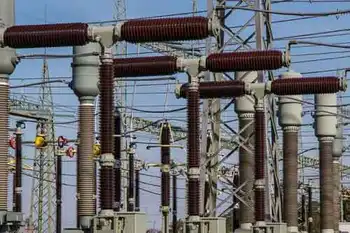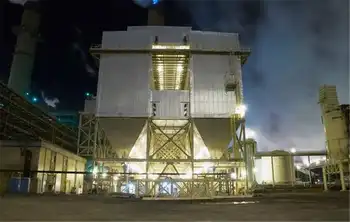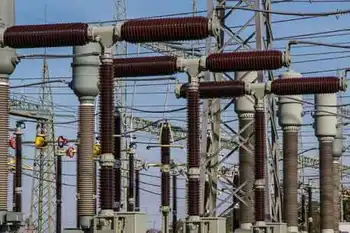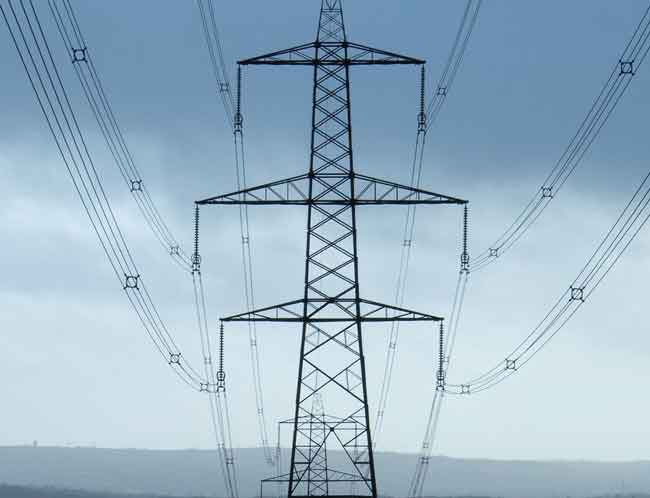Won't invest till hydro rules set, TransAlta says
- The head of one of Canada's biggest private power companies says he can't justify investing in Ontario until the province decides what kind of electricity system it wants.
"We can't see a way to further investment at this point in time till we understand what the rules of the game are going to be, and what system does the Ontario government want?" Steve Snyder said recently following a breakfast speech at the Toronto Board of Trade.
Snyder is chief executive of TransAlta Corp., which generates more than 8,000 megawatts of power in North America and Australia. It has about 800 megawatts of capacity in Ontario, including a new 575-megawatt plant in Sarnia.
Snyder's speech came as Ontario's political parties scrap over the future of the power system. Liberals and Conservative both favour private sector involvement, but won't fully flesh out their policies until after the Oct. 2 election. New Democrats favour a publicly owned system.
Snyder warned Ontario's current patchwork power system is unsustainable over the long-term in a province that needs massive investment in new generators.
But by suspending the retail electricity market and freezing prices last November, Snyder said the province has shaken the confidence of potential investors.
Ontario will need to build or rebuild 12,000 megawatts of generating capacity — about 40 per cent of current capacity — over the next 15 years, Snyder said. (The province's Independent Electricity Market Operator has made similar estimates.)
That will cost about $1 billion a year, he said, and the province will have to decide: Who builds it, and who pays?
Snyder told his audience there are three electricity systems that make sense.
One is a centrally planned, publicly operated system, in which the private sector has little role, Snyder said.
A second is a system where governments commission private plants and offer them long-term contracts. The third is an open market.
Ontario, which has frozen electricity prices for consumer and small-businesses at 4.3 cents a kilowatt hour until 2006, yet continues to say it will sell off its publicly owned generating capacity, has turned its back on all three models, Snyder said.
"It would be hard to attract additional private investment under the current model," he said. "Under the price cap of 4.3 cents, it's very hard to justify new investment at that price point."
Even though generators receive a price set on a competitive wholesale market, Snyder said the consumer price freeze has left private investors uncertain.
"The wholesale market is not a fully functioning wholesale market," he said. "You're never sure what's going to happen to it. Is it going to stay? Not stay? And there's a big question mark (over) what happens to the 4.3 cents."
Related News

Canada's looming power problem is massive but not insurmountable: report
OTTAWA - Canada must build more electricity generation in the next 25 years than it has over the last century in order to support a net-zero emissions economy by 2050, says a new report from the Public Policy Forum.
Reducing our reliance on fossil fuels and shifting to emissions-free electricity to propel our cars, heat our homes and run our factories will require doubling — possibly tripling — the amount of power we make now, the federal government estimates.
"Imagine every dam, turbine, nuclear plant and solar panel across Canada and then picture a couple more next to them," said the report,…




